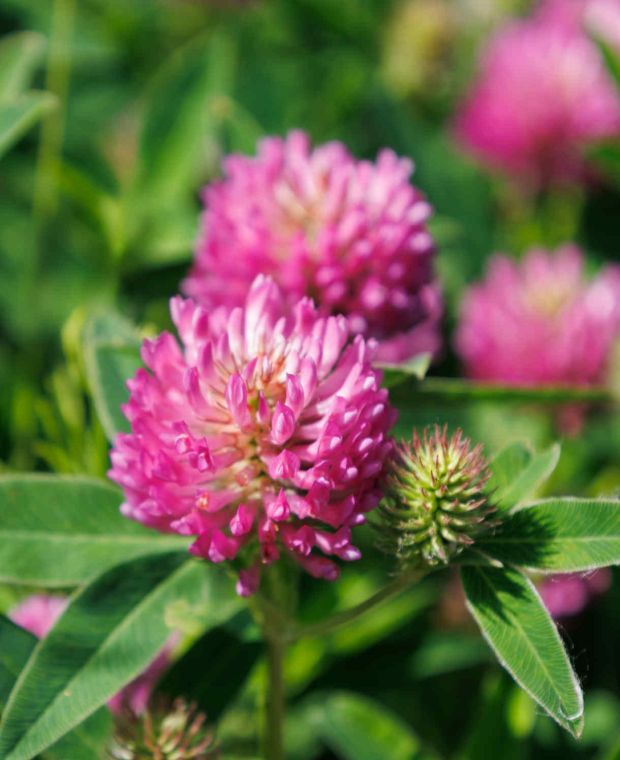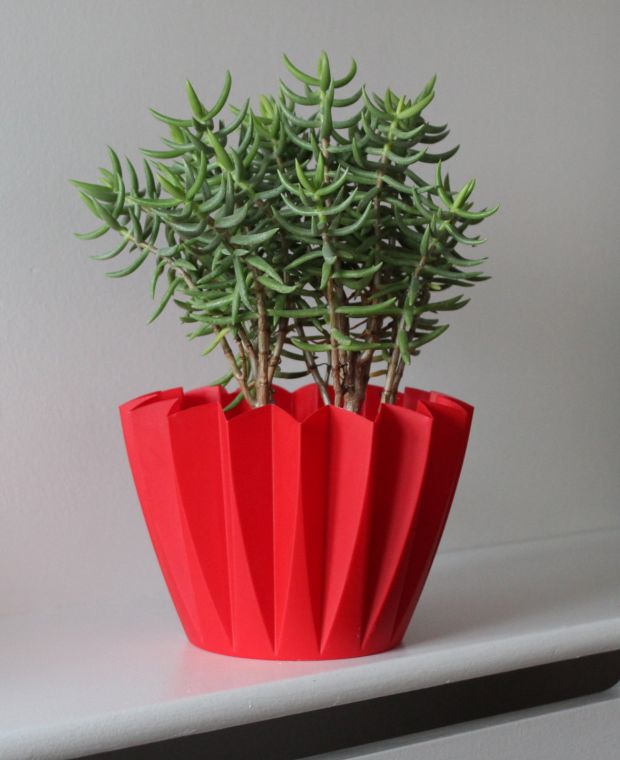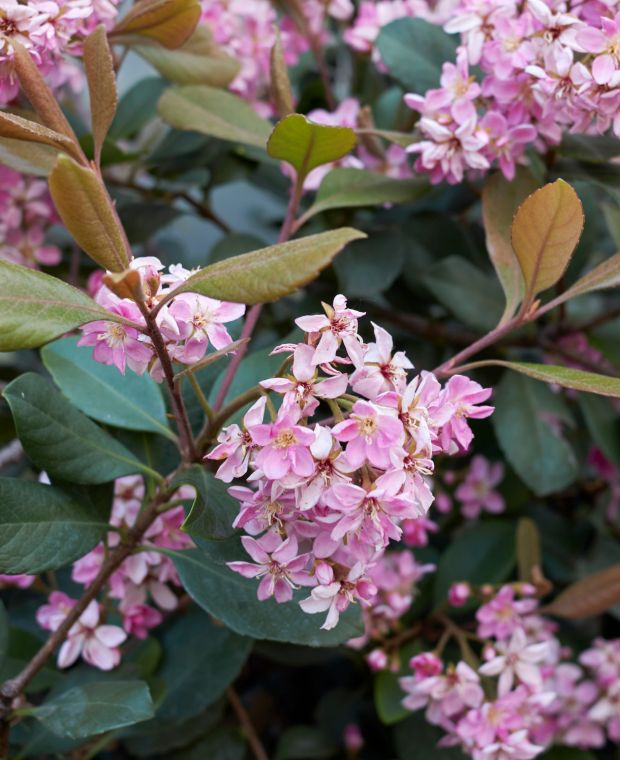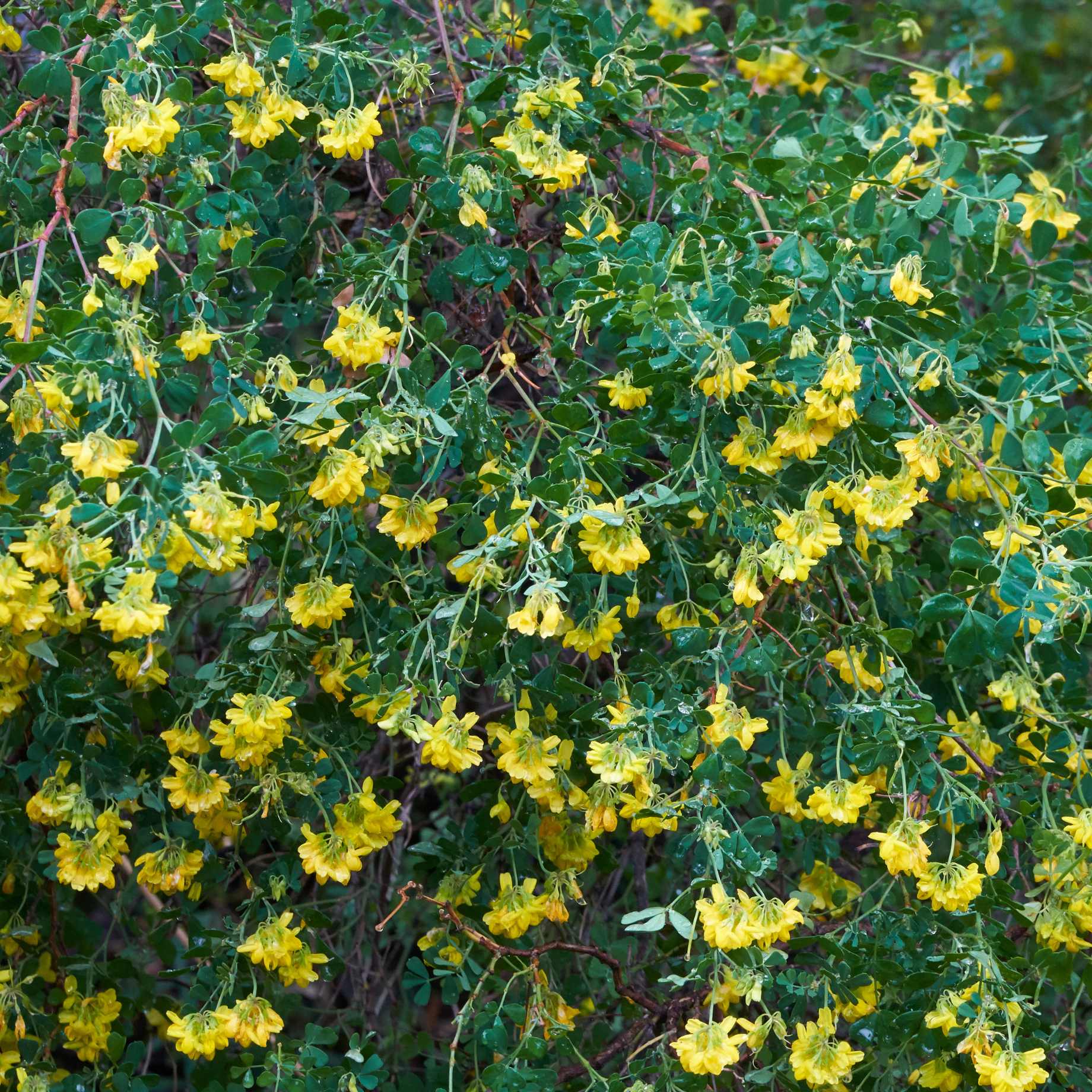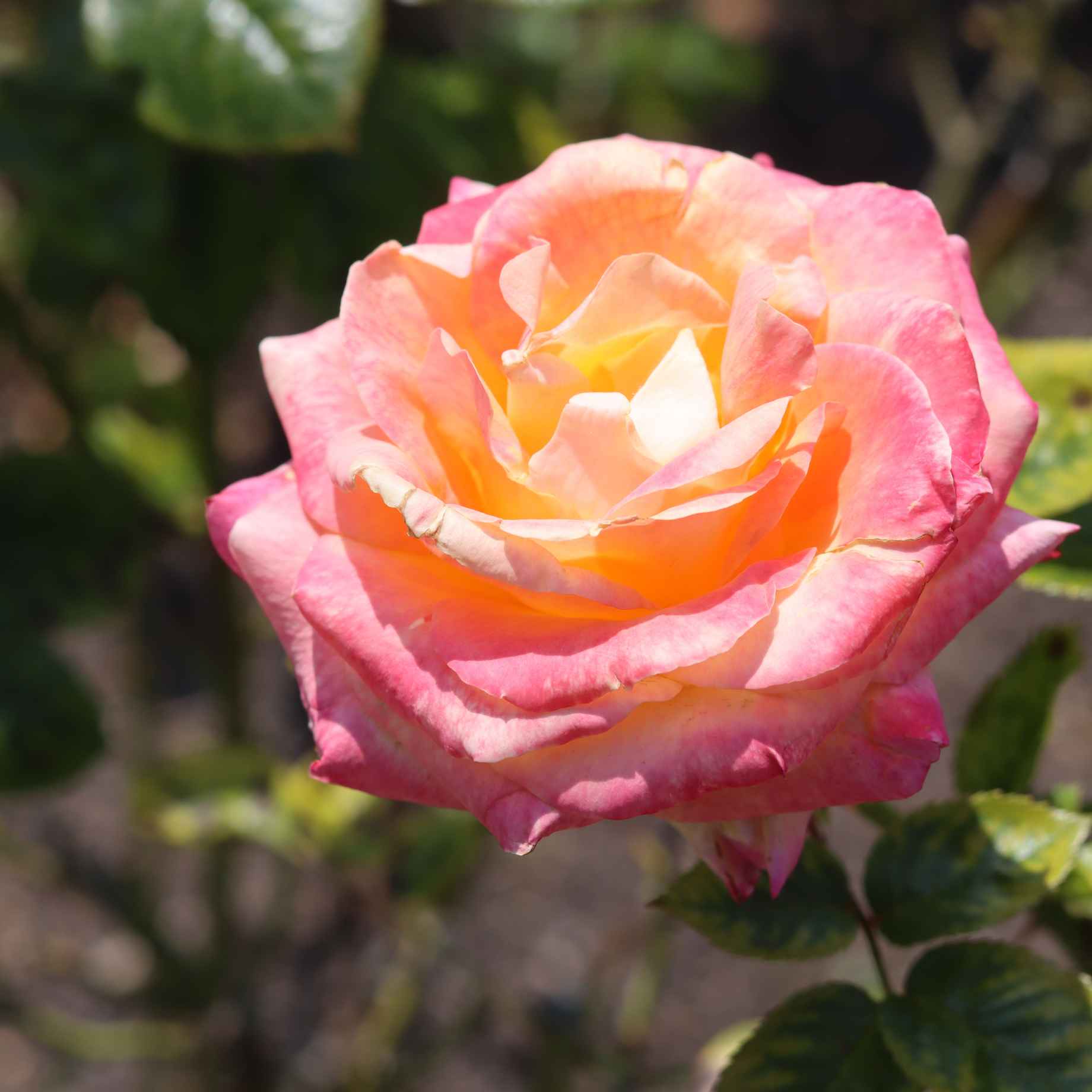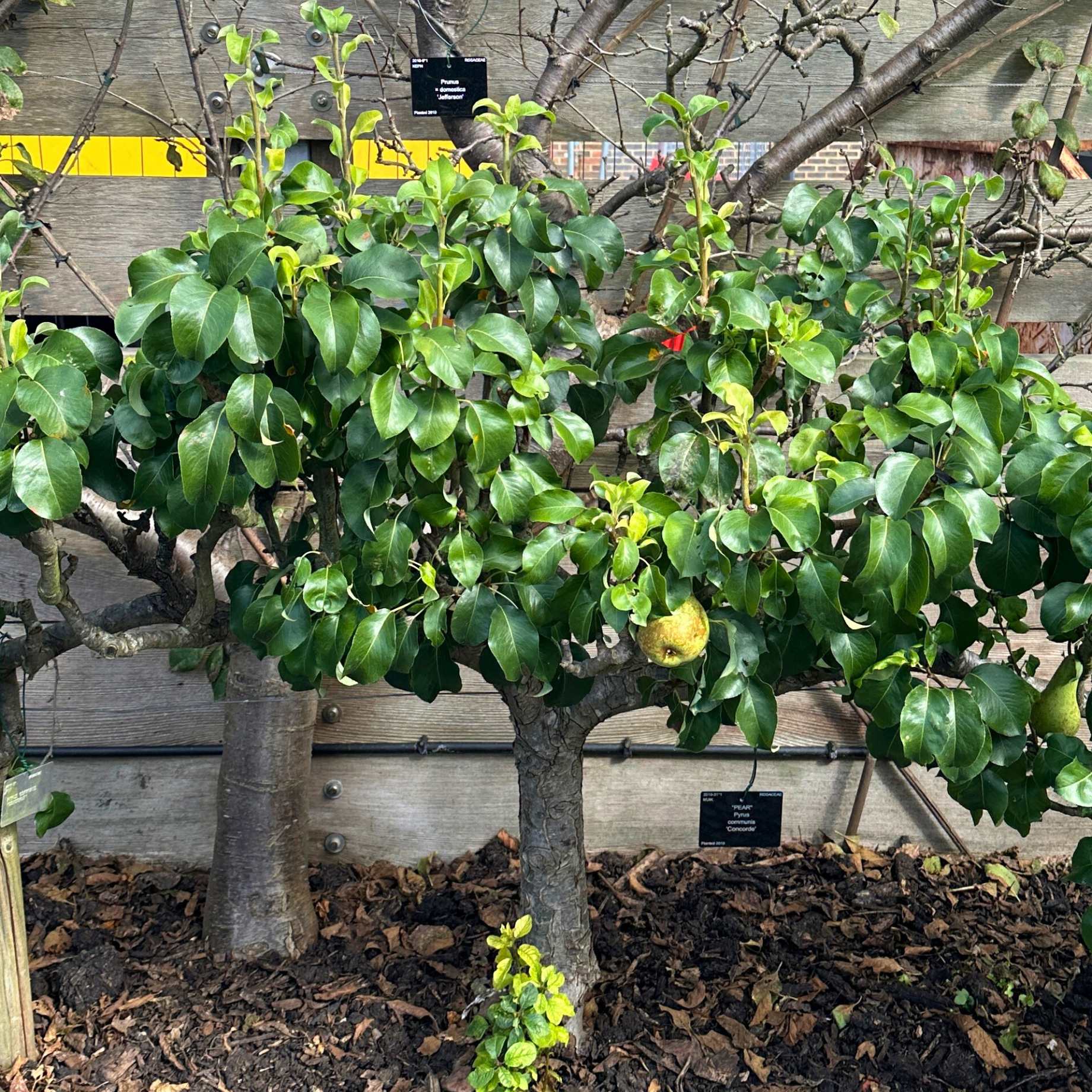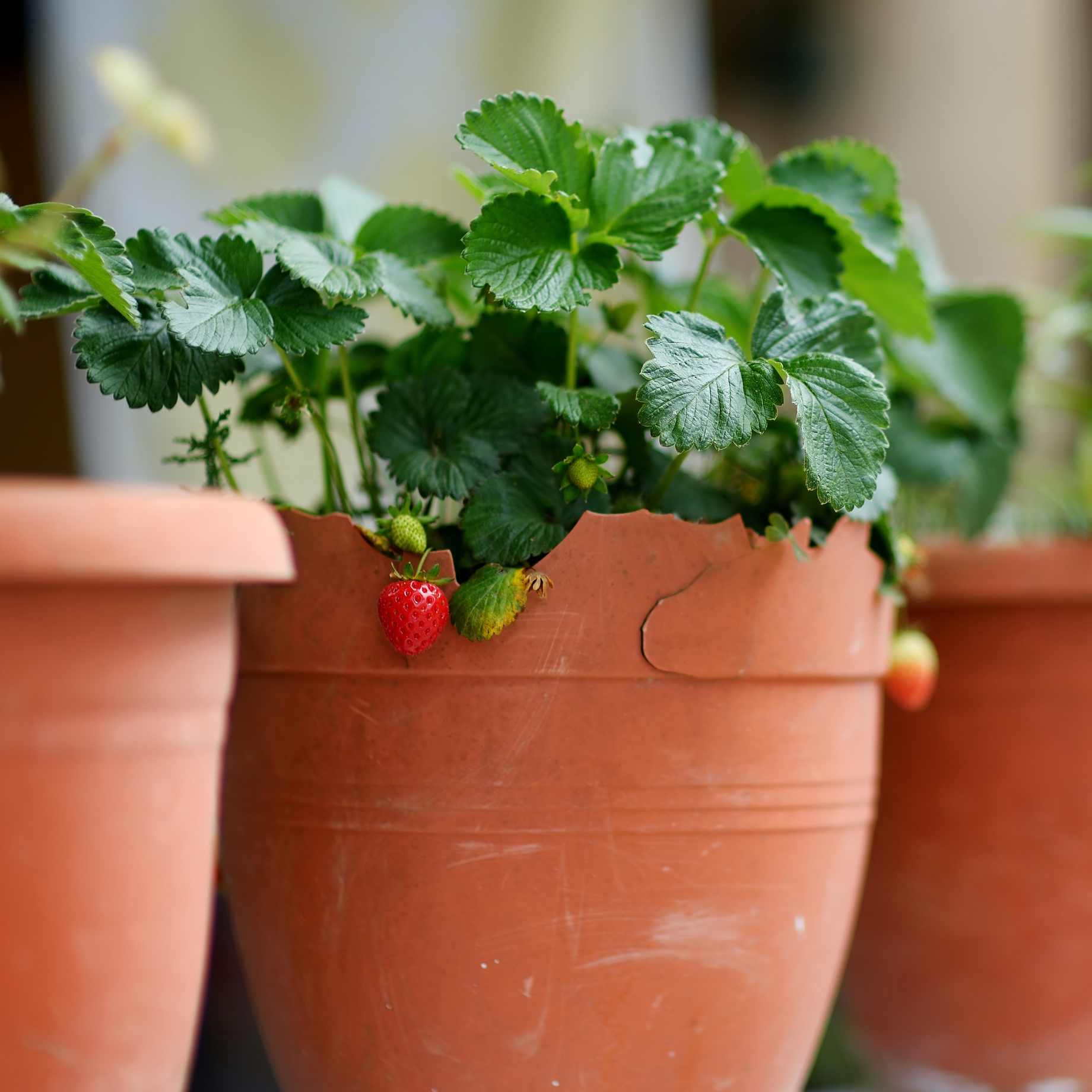Tell Me More…
Commonly known as red clover, Trifolium pratense is a versatile and resilient perennial that brings both beauty and function to your garden. With its attractive purple-pink, globe-shaped flowers, often used to make jellies and herbal teas, red clover is a magnet for attracting bees, butterflies, and other pollinators, making it an excellent choice for wildlife friendly gardens. Beyond its ornamental appeal, Trifolium pratense is valued for its soil-enhancing qualities. Like others in the bean family, this natural nitrogen-fixer improves soil fertility while reducing the need for synthetic fertilizers for surrounding plants. Ideal for lawns, meadows, or as a cover crop, red clover thrives in a range of soil types and is drought-tolerant once established. Blooming from spring through summer, this hardy plant requires minimal care and provides lush, green foliage that adds texture to your garden. Whether you’re looking to enrich your soil, support local pollinators, or simply enjoy its vibrant blooms, Trifolium pratense is a fantastic addition to any garden with sustainability and beauty in mind.
Flower and Foliage Months
Jan
Feb
Mar
Apr
May
Jun
Jul
Aug
Sep
Oct
Nov
Dec
Foliage Month
Flowering Month
Key Information
| Latin Name | Trifolium pratense |
|---|---|
| Common Name | Red Clover |
| Hardiness | H7 (-20°C and below) |
| Colour | Red |
| Format | Young Plants |
| Position | Full-Sun |
| Foliage | Deciduous |
| Height in Maturity (m) | 0.50 m |
| Spread in Maturity (m) | 0.40 |
| Soil Conditions | Clay Loam |
| Soil Acidity | Acid |
| Aspect | East-facing, South-facing, West-facing |
| Good for pots | Yes |
| Good for Rockeries | Yes |
| Good for wildlife | Yes |
| Good for pollinators | Yes |
| Good for cutting | Yes |
| Good for groundcover | Yes |

